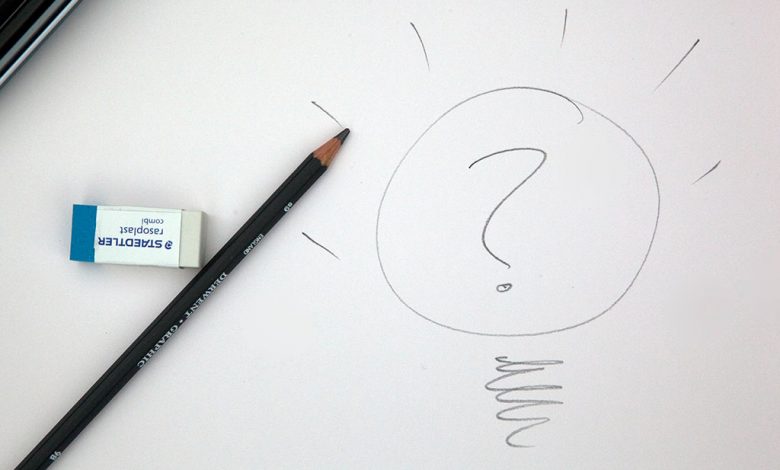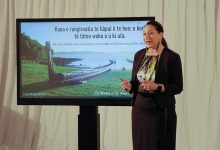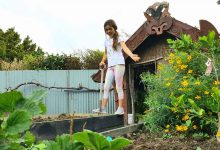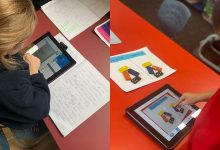
From global activist Greta Thunberg skipping school and inspiring an international climate change movement to Burnside High’s Thomas James inventing a wheelie bin robot for his elderly neighbour.
Young innovators are more visible than ever, and we are just seeing the tip of the iceberg. To thrive at a time of global change we need to tap into values-based innovation and support it in our schools, kura and learning communities. We must think more broadly about how young people are valued and the ways they are enabled to participate in society. What skills do we need to nurture, what spaces could we create, so that all young people can develop innovative mindsets to build better futures?
The time is right
With Covid-19 pressing pause across the globe and impacting our daily lives, we have a chance to slow down, examine our vision, be guided by our values, and develop equitable, inclusive solutions for building healthier communities.
We can draw on the gifts and talents of learners to help problem solve and lead the change we need to see. We can also learn a lot from a Te Ao Māori view of giftedness – that we are all born with our own unique gifts and talents, and that it is our collective energies that unleash these for the good of all.
Renzulli (2002) identifies or expresses a call to leverage “socially constructive giftedness” describing six components that give rise to this:
- optimism
- courage
- romance with a topic or discipline
- sensitivity to human concerns
- physical/mental energy
- vision/sense of destiny
In the national Education Conversation | Kōrero Mātauranga online survey (2019) one young person reminded us how important it is to leverage skills and passions: “Someone who is passionate about something can use that passion in the real world to make a positive impact on society.”
That we have to have people thinking about the future and using their gifts and talents to address wicked problems* and create positive social change sounds sensible. However, AUT University Professor of Education, Jane Gilbert (2015), says “In simple terms, if you want to produce innovators – as we claim we want to – everything you would do is the opposite of what we are currently doing in the education system”.
In order to teach innovation, we have to innovate in our own teaching. Below are some suggestions and tools to support teachers and young people develop innovator mindsets.
Make space (for influence)
While there is a rise in gathering learners’ voices, it is not enough. Would it have been enough for Greta to have her voice gathered? Gathering student voices can perpetuate previous expectations of student leaders. Student voices can perpetuate the norm – those who are involved become more involved, those who aren’t become more discouraged or disengaged.
We need to make space for all young people to identify problems that matter to them and participate in decision making. Seventeen-year-old Jason’s quote in this UNICEF resource guide on the rights of the child, makes the best job of explaining this point, “If you had a problem in the Black community, and you brought in a group of White people to discuss how to solve it, almost nobody would take that panel seriously. In fact, there’d probably be a public outcry. It would be the same for women’s issues or gay issues. But every day, in local arenas all the way to the White House, adults sit around and decide what problems youth have and what youth need, without ever consulting us.”
Participation leads to better decision-making and outcomes. Even our very young learners have ideas and views to be listened to and acted on. The Lundy model of child participation offers a useful framework and checklist that ensures all children have the “space to express their views; their voice is enabled; they have an audience for their views; and their views will have influence”.
Participate and problem solve
“Like that it was our ideas and not something we just had to work on, it was something we were interested in and we got to meet new people. iNVENTIONATOR Student
When diverse groups of people come together to share problems that matter to them they develop an understanding of the different perspectives and values of others and are more innovative. Much of the learning is about how to work with other people, holding your ideas lightly, and experiencing different working models than your own.
Universal Design for Learning (UDL) takes a people-first approach to planning learning. It asks us to think about who we will teach and what those learners bring with them before we think about what we will teach. UDL strategies support inclusion and offer a framework for equity and innovation.
“Without a systematic way to interrupt current practice in the classroom the impact of these barriers is repeatedly faced by each generation without significant forward motion to break the cycle once and for all.” Bae, S., Ofiesh, N. S., Blackorby, J. (2018)
Māori innovators are on a rise, with record numbers engaged in research and development in 2019. Māori innovators also and made up nearly half the finalists in the 2020 New Zealander of the Year Awards.
Callaghan Innovation CEO Vic Crone (2019) cautions “the levels of participation are [still] not where they need to be. We’ve got to .. make sure pathways for Māori innovators are clear and compelling.” How might we unleash the powers of innovation in Māori ākonga, so we can cultivate, nurture, and channel their natural gifts for the betterment of everyone?
“Our gifted Māori are not only agents of change in our world, but they possess a sense of identity and mana that contribute to all societies; indigenous or otherwise. Therefore it is our duty to give them the tools to manifest positive change within both worlds.” (Whānau interview, Russell 2013)
Focus on how not what
How do you lengthen your stride and become an innovator? As Scott Doorley of Stanford’s d.school says, “The only way to learn it is to do it.” But there are some powerful frameworks and learning opportunities available to support you in this quest:
Te Tukanga Hoahoa Whakaaro
This framework for possibility and design takes a Te Āo Māori perspective capturing the essence of innovation in the stories of creation; Te Po, Te Whaiao, Te Ao Marama (From out of the Darkness, the World of Being, to the World of Light)
The Liberatory Design process
Liberatory design is a riff on Stanford d. school’s design thinking process to promote equity in design work developed in partnership with the National Equity Project. The goal is to provide a design process that develops one’s self-awareness as an equity-centered designer. You can download a liberatory design card deck to support everyone’s practice.
Make a start with iNVENTIONATOR
You can support your own young innovators to rise through iNVENTIONATOR, a team-based challenge powered by CORE in partnership with the Ministry of Education. It has been designed for students to co-create innovative solutions to real-life problems.
This year CORE and the Ministry of Education are offering two events FREE for gifted learners who want to PLAY. THINK. DREAM BIG!
Virtual event
14-17 September 2020 – four half day sessions
Nelson face to face event
28-29 October 2020
Spaces are limited, so register your gifted learners now! Find out more >









